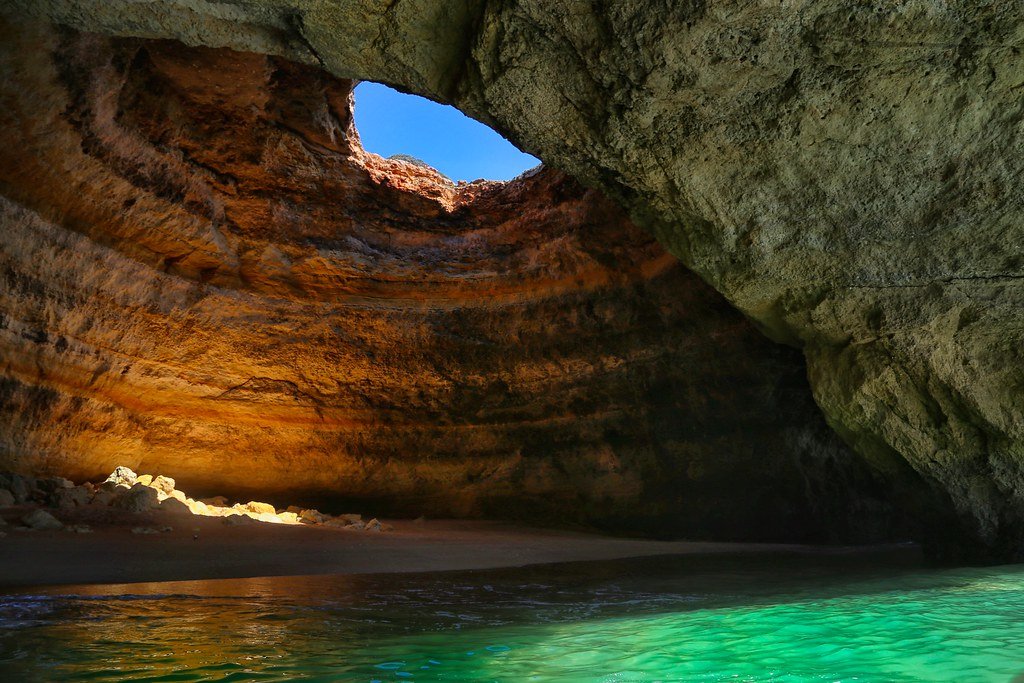Deep beneath the earth’s surface, there are places where the very air seems to come alive. Imagine stepping inside a cavern so vast and mysterious that it feels as if the cave itself is breathing—exhaling cool air in summer, inhaling warmth in winter, as though it’s a living entity. It’s not just your imagination or a trick of the senses. Some caves develop their own weather systems, complete with clouds, wind, and dramatic temperature shifts. The secret behind this underground spectacle? The invisible, powerful force of air pressure. For centuries, these “breathing caves” have bewildered explorers and inspired legends, but today, science gives us a thrilling glimpse into the mechanics behind this natural wonder.
The Astonishing World of Breathing Caves
Breathing caves are more than just a poetic idea—they are a genuine geological phenomenon. When you walk into one of these caves, you might feel a sudden gust of wind, as if the earth itself is sighing or gasping. This movement of air can be so forceful that it blows hats off heads or makes the entrance whistle like a giant flute. Such caves are found all over the world, from Mammoth Cave in Kentucky to Wind Cave in South Dakota. Visitors often describe the sensation as eerie, yet exhilarating, as if they’ve stumbled into a hidden world with its own rules. The feeling of “breathing” is so strong in some caves that it has inspired centuries of myths about underground monsters or spirits.
How Air Pressure Drives the Cave’s Breath
The science behind a cave’s “breathing” is rooted in a simple but powerful principle: changes in air pressure. When barometric pressure outside the cave shifts—say, before a thunderstorm or as the weather warms or cools—the cave responds by moving air in or out. In essence, the cave acts like a giant lung, inhaling when outside pressure drops and exhaling when it rises. The size of the cave, the number of entrances, and the volume of sealed-off air all play a part in how dramatic these breaths can be. This natural process is not only fascinating but also essential for the cave’s ecosystem, circulating oxygen and carrying away carbon dioxide.
Temperature Swings: The Engine of Underground Weather
Temperature differences between the cave’s interior and the outside world also drive air movement. Most caves maintain a steady internal temperature, often matching the average yearly temperature of the region. When hot summer air meets the cool cave mouth, or cold winter air hits the warmth inside, the resulting currents can be surprisingly strong. These temperature-driven breezes can create fog, clouds, or even miniature rain showers underground—a phenomenon that feels almost magical. Scientists have measured these microclimates, finding that even a few degrees’ difference can create winds strong enough to ruffle clothing or extinguish candles.
Real-World Marvels: Famous Breathing Caves
Some caves have become famous for their impressive breathing effects. Wind Cave in South Dakota, for example, is so named because of the dramatic gusts that blow through its entrance. Mammoth Cave, the world’s longest known cave system, also exhibits powerful airflows that shift with the weather. In Europe, the Eisriesenwelt cave in Austria is known for its icy winds, which can chill visitors even in the heat of summer. These sites attract adventurers and scientists alike, all hoping to experience the cave’s living breath firsthand. Each cave has its own unique rhythm and character, shaped by local geography and climate.
The Science of Barometric Breathing
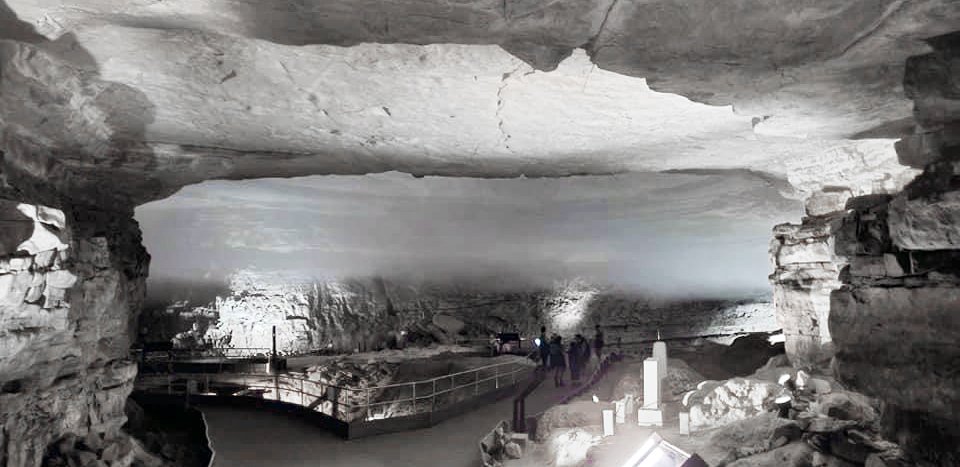
Scientists call this phenomenon “barometric breathing,” and it’s a stunning illustration of physics in action. The cave’s internal air pressure seeks to equalize with the external atmosphere. When the weather outside changes rapidly—such as during the approach of a storm—the difference in pressure forces air to rush in or out of the cave. This effect is most noticeable in caves with only one or two entrances, where the entire volume of air moves as a single mass. In larger cave systems, the breathing can be more complex, with different chambers acting independently or even creating competing airflows.
The Role of Cave Openings and Passages
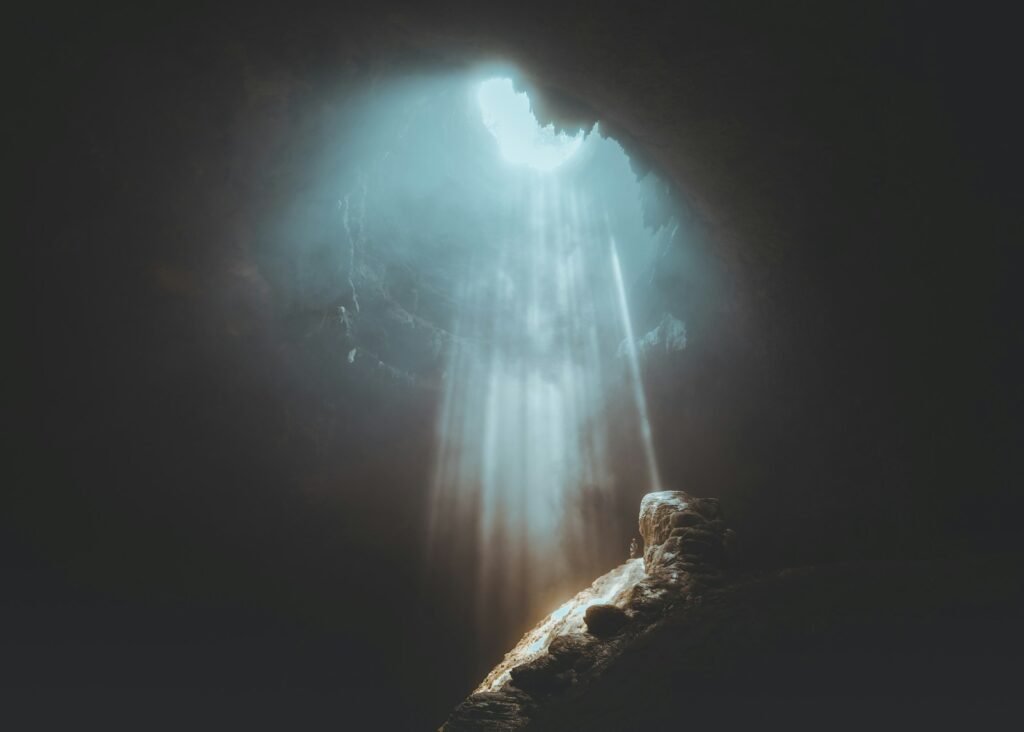
Not all caves breathe with the same intensity. The number and size of cave entrances, as well as the shape of the passages, are crucial factors. A small, narrow entrance acts like the mouth of a bottle, focusing the airflow and amplifying the sensation of wind. Wide or multiple entrances, by contrast, may diffuse the airflow and make the breathing less noticeable. Some caves are almost airtight except for a single hole, which can turn ordinary weather changes into dramatic underground gales. This variability means that explorers never quite know what to expect when entering a new cave.
Humidity, Condensation, and Underground Clouds
Humidity plays a major role in creating a cave’s unique weather. As moist air moves through cooler cave tunnels, it can reach its dew point, leading to the formation of condensation, fog, or even clouds inside the cave itself. In some extraordinary cases, these conditions can produce tiny rain showers, with droplets falling from the ceiling. This process isn’t just visually stunning—it’s important for the cave’s delicate ecosystem, providing moisture for rare plants and animals that thrive in the darkness. The interplay between air, temperature, and water creates a dynamic environment that’s constantly changing.
Life Thriving in the Cave’s Breath

The air currents inside breathing caves aren’t just a curiosity—they help sustain a web of life. Bats, insects, and unique cave-adapted species rely on the movement of air to bring in fresh oxygen and remove waste gases. Some animals have even evolved to take advantage of these winds, using them to find food, mates, or safe places to roost. Microbes and fungi, too, benefit from the shifting climate, breaking down organic matter and recycling nutrients. The result is a hidden ecosystem, shaped by the invisible rhythms of the cave’s breath.
Human Encounters and Ancient Legends
For thousands of years, people have been drawn to breathing caves, often attributing the mysterious winds to supernatural forces. Legends abound of dragons, spirits, or gods inhabiting these living caverns, with the cave’s breath interpreted as a sign of their presence. Some cultures believed that caves were gateways to the underworld, with the breathing wind serving as the voice of the earth itself. Even today, standing at the mouth of a breathing cave can inspire awe and wonder, reminding us of nature’s hidden power and the enduring mysteries beneath our feet.
Modern Exploration and Scientific Insights
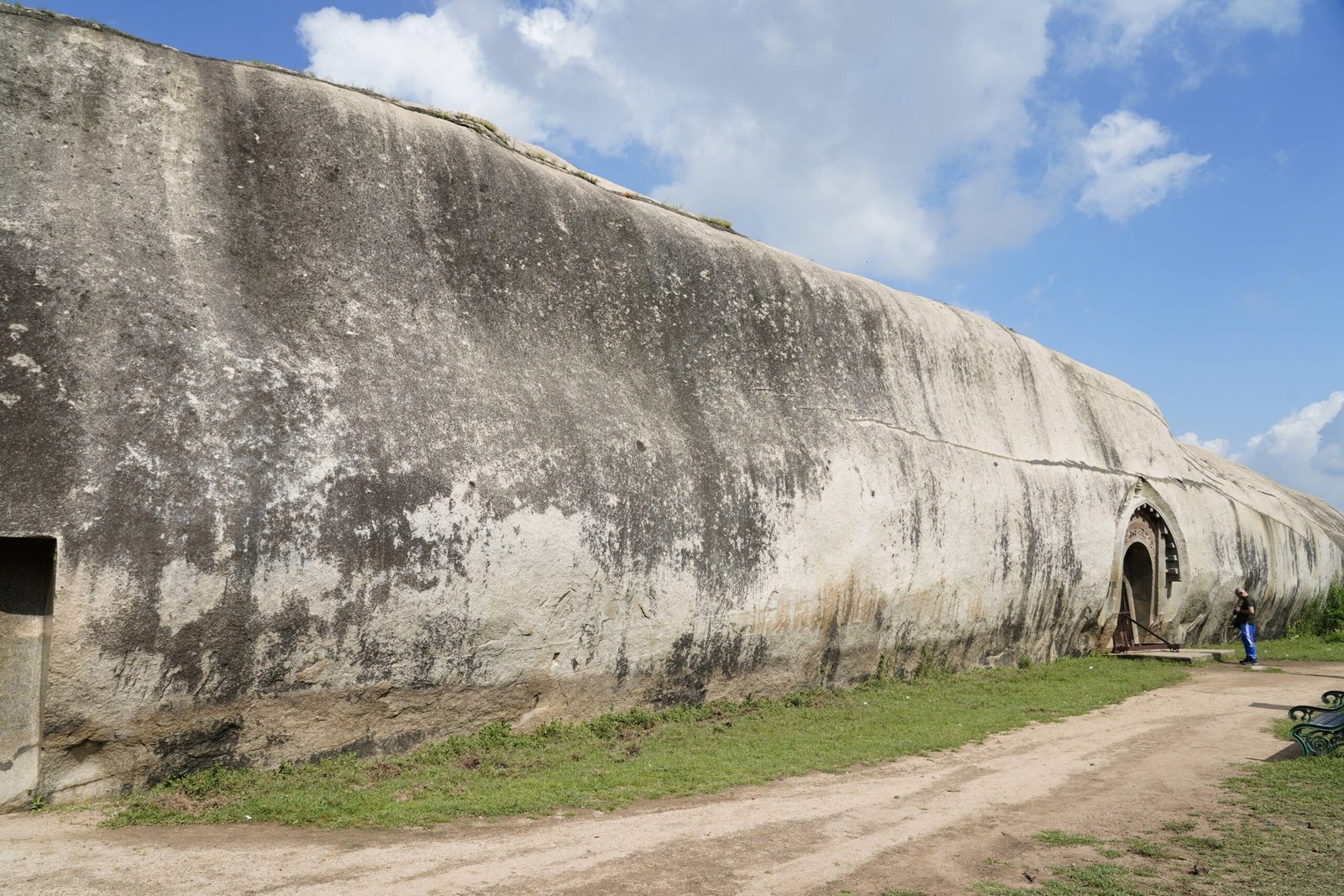
Today’s cavers and scientists use advanced tools to study cave weather, from sensitive barometers to thermal cameras and air flow meters. By mapping the movement of air and tracking changes in temperature and humidity, researchers can predict when and how a cave will breathe. These studies have practical benefits, too, helping to protect fragile cave environments and ensure the safety of explorers. As we learn more about these underground weather systems, we gain new appreciation for the complexity and beauty of the natural world.
Lessons from the Living Earth
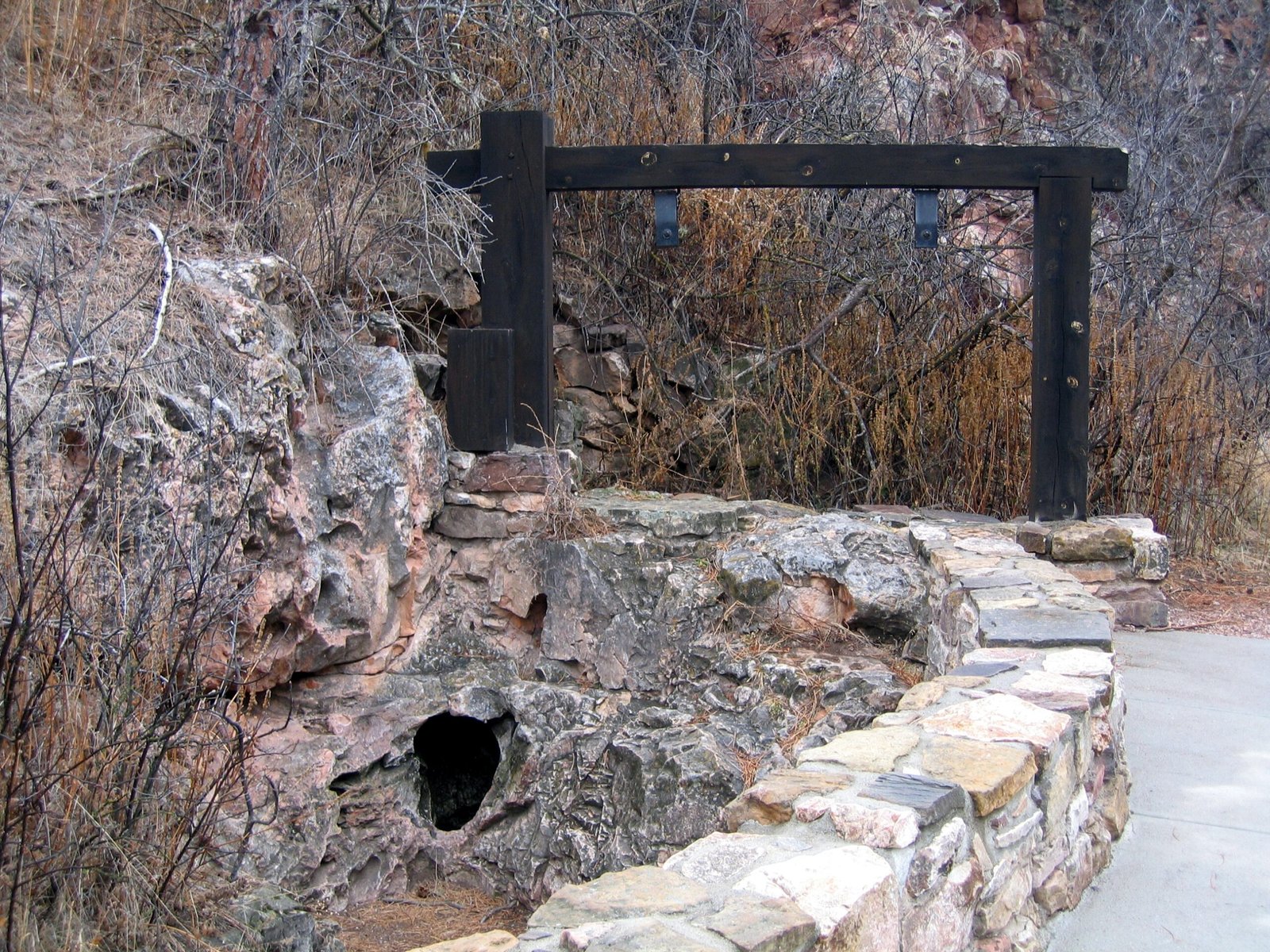
The story of breathing caves is a powerful reminder that our planet is alive in ways we are only beginning to understand. Air pressure, temperature, and geology combine to create a symphony of hidden motion beneath our feet. These caves challenge us to look deeper, to listen to the earth’s subtle signals, and to marvel at the interconnectedness of nature. The next time you feel a breeze at the mouth of a cave, remember: you’re witnessing the quiet breath of the living world.

